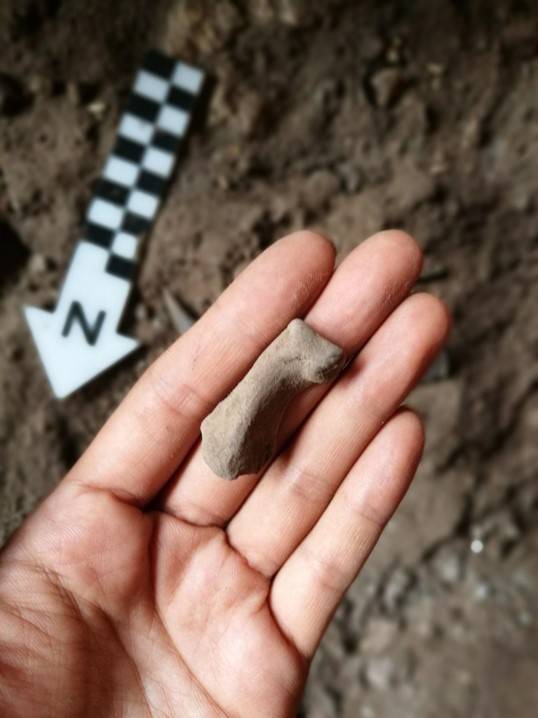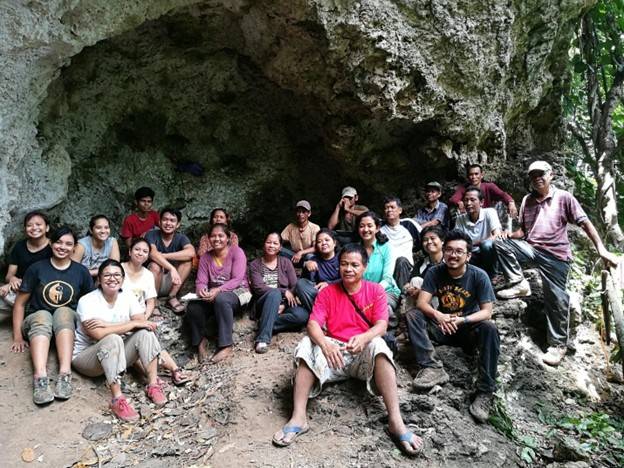UP researchers confirm ancient life in the Philippines during Ice Age
At A Glance
- This study supports earlier findings of Pleistocene occupation and highlights the shifting foraging behaviors of modern humans occupying variable tropical environments across Island Southeast Asia over the last 20,000 years.
The Ice Age began 2.58 million years ago and ended 11,700 years ago.
During this period, the world experienced several glacial and interglacial events, which resulted in changes in human behavior to adapt to the rapidly changing environment.
Years of research led to a discovery that proved the human activity in Pilanduk Cave, Palawan dated 20,000 to 25,000 years old —during the last Ice Age was unveiled by a team of archaeologists from University of the Philippines - Diliman (UPD) and the National Museum.

It was confirmed when the UP System issued a statement on Thursday, Feb. 29, regarding new data presented by authors from UPD, whereas the data was gathered from the re-excavation of Pilanduk Cave.
The study revealed that new archaeological data for the Philippines' Last Glacial Maximum (LGM), which presented the oldest fossil remains representing the “nine vertebrate species” found in Pilanduk that include the iconic tiger, "Panthera tigris"—the largest living cat species.
“Pilanduk shows evidence for specialized deer hunting and freshwater mollusc consumption during the LGM,” the research said.
Their research also confirmed the site’s LGM antiquity at 20,000 to 25,000 years ago.
UP said the Pilanduk Cave also provides the only "substantive subsistence record" known for the LGM for the entire Philippine archipelago.
Moreover, these results added to the evidence for the shifting foraging behaviors of modern humans occupying variable tropical environments across Island Southeast Asia.
The research was led by UPD Archaeologist Janine Ochoa together with Ame Garong of the National Museum and Palawan community members, they conducted the study to verify information previously disclosed by Jonathan Kress and the National Museum in the 1970s.

It was in the year 2022 when they found “evidence for specialized deer hunting and freshwater mollusc foraging, LGM fossils for the tiger, and remains of other native mammal and reptile fauna of Palawan.”
READ:
https://mb.com.ph/2022/9/13/pinoy-archeologists-unearth-last-ice-age-discoveries-in-palawan
RELATED STORY:
https://mb.com.ph/2022/10/9/pre-historic-filipinos-the-hunter-and-the-hunted